
Customs and Traditions of Nowruz
Customs and Traditions of Nowruz
The customs and traditions observed during festivals reflect the culture and civilization of different nations. Naturally, these practices vary across societies. For example, in certain Jewish festivals, the idea of killing a person and using human blood in bread-making has been mentioned in historical accusations, and in some Christian celebrations, bread and dough are prepared with wine. Thus, the rituals of each festival are significant, as they reveal the identity, greatness, decline, or stagnation of various nations. Every nation’s celebration corresponds to its cultural background.
In Christian culture, for instance, during Christmas, there is the figure of Santa Claus—an elderly man with a white beard—who symbolizes respect for the elderly. He visits homes and brings gifts for children, strengthening the bond between children and the elderly as well as reinforcing children’s connection to religion and to Christ from the early days of their lives.
Purity and Cleanliness
Islam has infused Nowruz with several beautiful and meaningful traditions, one of which is the emphasis on purity, cleanliness, and hygiene—known among Iranians as khāneh-takānī (spring cleaning). Undoubtedly, Islam is a religion that strongly values cleanliness, hygiene, and refinement.
As Will Durant notes, the French did not originally have toilets and learned their construction from Muslims. During the Crusades, when the Muslims were defeated, some infiltrated the Christian army, the Christian commander instructed his troops on how to identify Muslims: anyone who smelled of perfume and cleanliness was Muslim, and anyone with the odor of sweat and dirt was Christian. This was because Islam places great importance on purity and cleanliness. Thus, the practices of refinement and cleanliness were among the values that Islam contributed to Nowruz and its rituals—adding beauty and depth to this ancient celebration.
Self-Accountability
Among merchants and traders, one of the traditional practices observed at the beginning of the new year was financial accounting. Those involved in economic activities typically review their finances before or during Nowruz. In Islam, if such accounting is intended for paying khums, zakat, and other obligatory dues, it becomes a religious duty.
The important point is that Islam teaches that just as we review our financial records at the end of the year, we must also engage in self-accountability. This means reflecting on and evaluating the actions and conduct of the past year—examining ourselves before our deeds are examined for us.
Visiting Family and Friends During Nowruz
One of the long-standing traditions of Nowruz is making visits to relatives, friends, and acquaintances. This practice is considered a highly valued custom within Islamic culture. It is said that whoever visits a believer is as if they have visited God upon His Throne, and whoever encounters a difficulty on the way to visit a believer, God will remove seventy difficulties from their life in return.
Reconciliation and Peace
Another custom and tradition of Nowruz is fostering reconciliation and peace. Among Iranians, it has long been customary to bring together those who hold grudges, helping them mend their relationships. This practice reflects a deeply valued message of the Qur’an, which calls upon believers to establish peace among one another so that their relations may be restored and strengthened.
Wearing new clothes, maintaining cleanliness in clothing, handshaking, and embracing
Among the other Islamic customs infused into Nowruz are wearing new and clean clothes, which are considered great values in Islam. Kissing is also among these customs. Islam is a comprehensive religion that provides guidance for all major aspects of human behavior as well as its finer details. Therefore, it also offers teachings regarding kissing. It is important to note that Islam states that kissing one’s parents is an act of worship, and kissing one’s children increases one’s ranks in Paradise. In Islamic teachings, there is a distinction between reward (ajr) and rank (darajah)—similar to military systems: sometimes a person receives a one-time commendation for an action, while sometimes they receive a permanent rank. Thus, kissing is encouraged in Islam, and it is said in Islamic teachings that kissing relieves emotional tension and serves as the silent message of love. It carries spiritual reward, because the forehead—often kissed—is the place that touches the ground in prostration and is considered a place of worship to God. Likewise, handshaking is another custom associated with the holiday, and according to narrations, as long as the hands of two believers remain in each other’s grasp, their sins fall away like autumn leaves.
| Name | Customs and Traditions of Nowruz |
| Country | Iran |
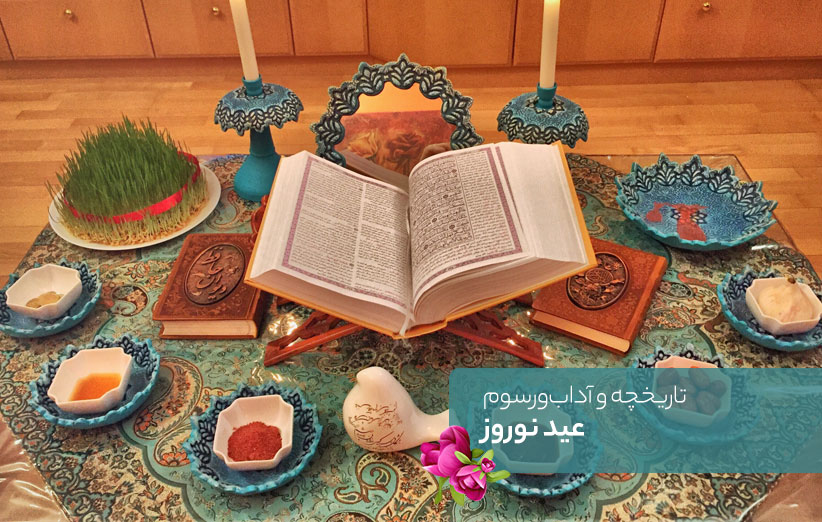


Nowruz Sabzeh: Green Sprouts
. Some people make Nowruz sabzeh by growing sesame seeds on earthenware jars and some others by planting grains on the seven niches of the house.
The custom of growing green in Nowruz ib being linked to the day of Jamshid’s return to the dried land (of his kingdom) - in which no by plants and trees grew - after suppressing the demons. It is said that on this day, everyone planted a handful of barley in a pan and since then, this practice became a traditional custom that has survived till date, and every year people grow Nowruz Sabzeh or green sprouts with different types of grains in their homes.
Today, these green sprouts are kept until the thirteenth day of Nowruz and are placed on running water on that day.
Growing green sprouts means the growth of happiness and cheerfulness during the new year so that Iranians can experience a green life with peace and divine blessings.
Most of the components of the Haftsin tableware are prepared by the families themselves. A few weeks before Nowruz, the mother of the family soaks seeds and grains such as wheat, lentils, mung bean, sorrel or millet in containers in order to turn into fresh and colorful greens sprouts after the required growth stages and remind the family members of life and vitality.
| Name | Nowruz Sabzeh: Green Sprouts |
| Country | Iran |
| Type | 1 |


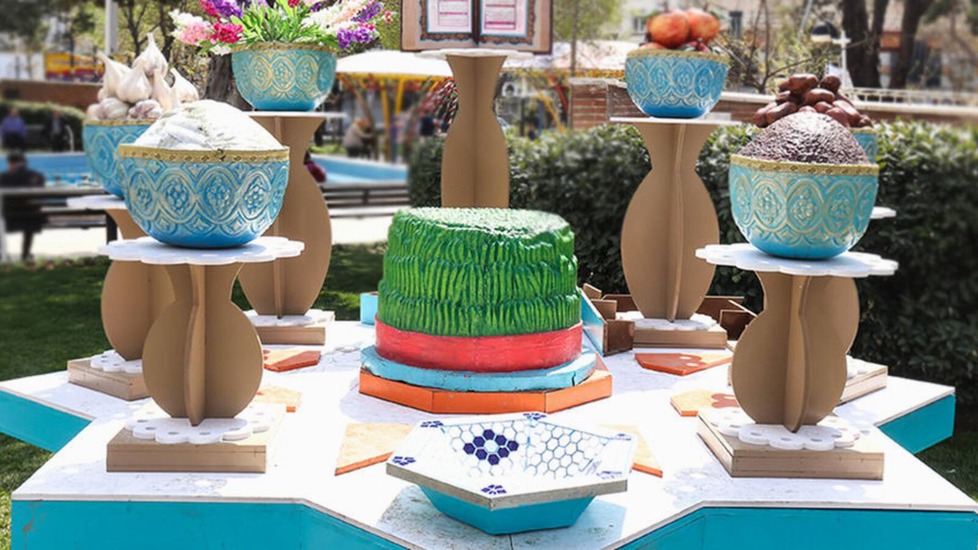
Nowruz
Nowruz (literally translated New Day) is one of the oldest celebrations in ancient Persia, which is held vigorously in the first day of spring marking the beginning of the Iranian calendar (21 March). Nowruz festivities celebrate the beginning of rebirth of nature and lasts for 13 consecutive days. Celebrated by millions of people in Afghanistan, Azerbaijan, Tajikstan, India, Kyrgyzstan, Pakistan, Uzbekistan and Turkey, Nowruz is inscribed on UNESCO’s Intangible Cultural Heritage List. The first universal festival of Nowruz was held in 2010 (March 27), in Tehran and the city introduced as the "Nowruz Secretariat". Nowruz includes the official holidays in some countries and in Iran the first four days are considered the official holidays but it continues to the 13th day in some organizations.
Nowruz is celebrated practicing certain rituals such as spring cleaning, sprouting wheat or mung beans, buying new clothes, cooking local foods and baking sweets.
Families usually gather around the Haft-Seen table to celebrate the precise moment the Earth finished its annual journey around the Sun to celebrate the first day of spring. The Haft-Seen table contains seven edible items that their names begin with a letter in the Persian alphabet which is equivalent to “S” in English. It usually includes Seeb (apple), Sabze (green sprouts), Serke (vinegar), Samanoo (a delicacy made from wheat sprouts), Senjed (the dried fruit of the oleaster tree), Sumac, and Seer (garlic).
You may see a holy book, mirror (sign of sincerity), gold fish (sign of livelihood), candles (sign of light and bright), decorated eggs (sign of rebirth), and Divan-e Hafez on the table. Sabzi Polo with fried fish is served as the main course of most of Iranian families on Nowruz day.
| Name | Nowruz |
| Country | Iran |
| Type | 1 |



Welcoming Nowruz
Nowruz (lit. New Day) marks the first day of the Iranian Solar Hijri calendar and it is also celebrated in many parts of East Asia. Since ancient times, Iranians have had special customs to welcome Nowruz. Nowruz or “New Day” involves a series of ancient traditions related to celebrating the great Iranian New Year, which is also known as the “Persian New Year”. This festivity starts on the first day of the month of Farvardin (the first month of the Iranian solar calendar) and continues up to the 13th day of the month called “'Sizdah Be Dar” or “the Day of Nature”.
Messengers of Nowruz
During the last days of the old year, some local artists get to the streets to announce the coming of the new year with dance and song to make them happy. This custom has taken different forms in every region of Iran, but all the artists who act as messengers of Nowruz intend to create excitement among the people. The performance of these messengers of Nowruz sometimes continues for several days after the arrival of the year.
Nowruz Sabzeh: Green Sprouts
As a traditional custom the people of Iran plant grains of wheat and/or lentils in pots as a sign of divine blessing and abundance in the New Year (Nowruz), which turn into green sprouts and are placed on the Nowruz table. Some people make Nowruz sabzeh by growing sesame seeds on earthenware jars and some others by planting grains in the seven niches of the house.
Khaneh Tekani (lit. House Cleaning)
By cleaning their homes, preparing new clothes, planting in their gardens, making cookies and preparing seafood, setting a special table filled with fruits, nuts, and newly cultivated lentil or wheat seeds, and at last paying respectful visits to the elderly members of the family, Iranians and the people of neighboring regions try to welcome the elegance of spring both indoor and outdoor and especially inside their hearts. Nowruz and its effects on the lives of people have been studied scientifically from different social, psychological, humane, and ethnic perspectives. As the messenger of love, happiness, rebirth, blessing, and inner growth, it plays a highly important role in different fields of life in the Near East.
Charshanbe Suri
Charshanbe Suri (lit. “Festive Wednesday”) is a prelude to the New Year. It is celebrated on the eve of the last Wednesday before Nowruz. It is usually celebrated in the evening by performing rituals such as jumping over bonfires and lighting off firecrackers and fireworks.
Usually, three, five, or seven bunches of dry bushes are placed in a row, one behind the other, and set on fire. Then, different people, one after the other, jump from each burning bush and sing poems so that pain, sadness, and illness will go away from them and they will live with health and happiness in the next year. The ashes left from this fire are finally poured into running water.
Iranians sing the poetic line “zardi ye man az to, sorkhi ye to az man” (lit. my yellow is yours, your red is mine), which means my weakness to you and your strength to me, to the fire during the festival. This symbolizes the wish that ill health and problems would be away from their life and are instead replaced with warmth, health, and energy.
Apart from lighting the fire, other rituals are also performed on the last Wednesday of the year. For example, if a person in a family is sick, they cook a meal for him on Wednesday night, give some to the patient, and distribute the rest among the poor in the hope that his/her health will be restored. “Qashoq Zani” (lit. Spoon banging) is a tradition observed on the evening of Charshanbe Suri, similar to the Halloween custom of trick-or-treating. In Iran, people wear disguises and go door-to-door banging spoons against plates or bowls, and receive packaged snacks.
Some Custom Observed by Iranian Women
In the past, women fetched water from springs near their houses and sprinkled it on household items. They believed that this would bring health and freshness to their homes. In some areas, it was mixed with vinegar and sprinkled on the four corners of the house and the entrance to do away with spells and magic and bring blessings to the house. Some other women would also cut their nails or cut a piece of their hair and throw it in running water and believed that this would remove poverty and suffering from them.
Eavesdropping
Before Nowruz, girls or women who had a wish, would go out of the house and stand in a corner of a passage and listen to others. They believed that if they hear good and happy words from people, they would achieve their wish and have a good year ahead.
Untying Knots
Every year before Nowruz, girls who wanted to have a good marriage in the coming year performed certain customs. Sometimes the girl’s mother would follow her with a piece of burning wood to drive her away from her house and send her to her future husband!
Bathing the girls in a special spring was among other rituals that were performed to untie the girls’ luck. Of course, married women sometimes bathed in these special springs to be loved by their husbands and to keep bad luck away from their homes. In order to have a greater effect, these things were done on the evening of Charshanbe Suri.
Breaking Urns
Women who wished to keep Satan away from their homes in the coming year, would go to the roof of their house and throw a new urn down from above and break it so that their family would be safe from every kind of evil in the coming year. In some neighborhoods, there was a special rampart and all those who wanted to perform this ritual would use it.
Nowruz has been celebrated since the reform of the Iranian Calendar in the 11th century CE to mark the new year and the United Nations has officially recognized the “International Day of Nowruz” with the adoption of UN resolution 64/253 in 2010.
| Name | Welcoming Nowruz |
| Country | Iran |
| Type | National |
| Registration | Unesco |
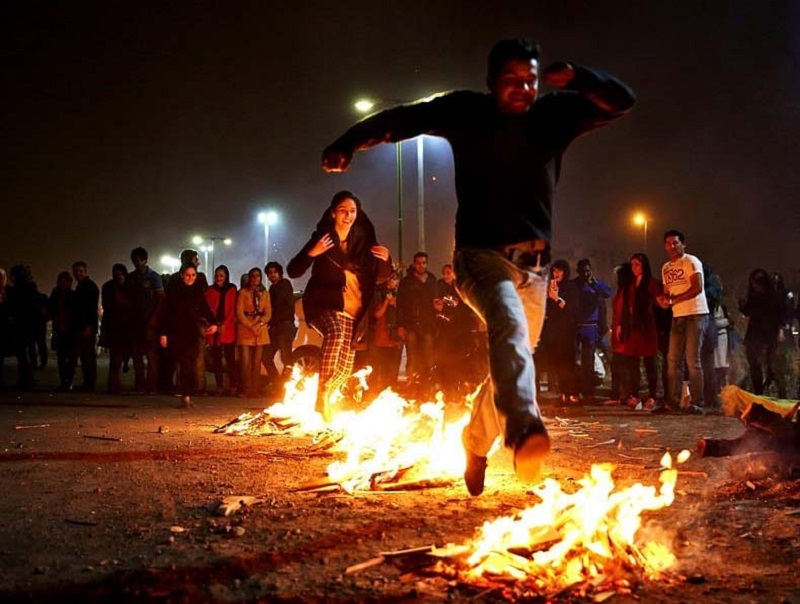
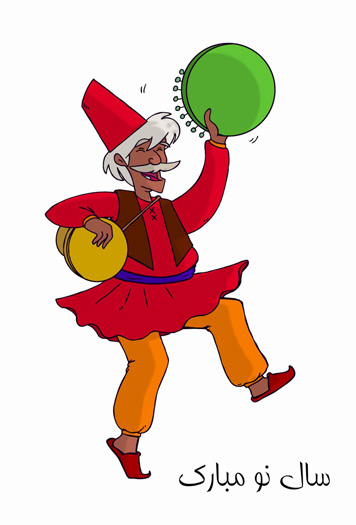
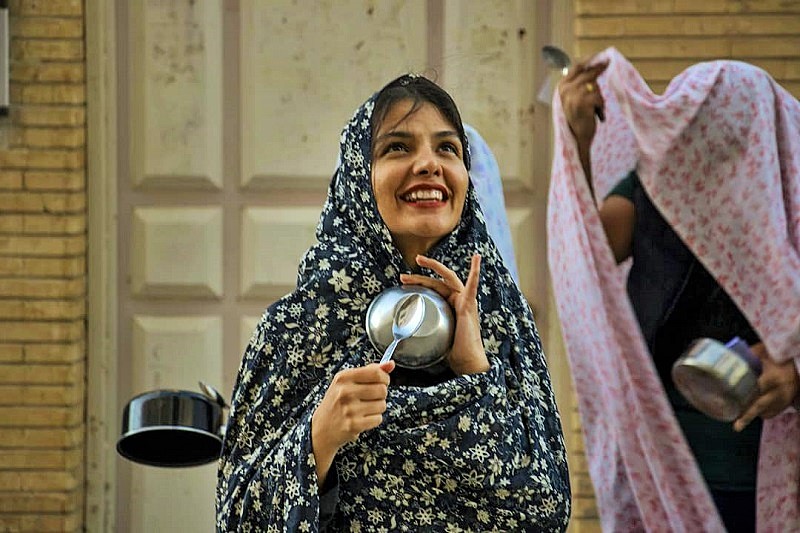






The History of Nowruz
In Iran’s cultural sphere, Nowruz is celebrated as the beginning of spring and the beginning of the new year. Nowruz is an Iranian festivity and heritage from ancient times and has been inscribed as an intangible heritage in the UNESCO list of World Heritage. Due to the fact that the occupation of most people in the ancient society of Iran was agriculture, Nowruz traditions are largely related to agricultural life and the issue of food production. As a matter of fact, Nowruz is the messenger of the revival of nature and Iranian people consider it as an opportunity to visit and meet their relatives and friends.
Mythology of Nowruz
According to legends, Jamshid, the mythical king of Iran, ruled for a thousand years, and all this time, everything went well, people were honest and upright, the weather was mild, there was no sign of famine or drought, and no one grew old.
On the first day of the first month of spring, Jamshid would put on the king’s crown and lean on his throne. As soon as the sun would shine on Jamshid, people would see him sitting on the royal throne and shining like the sun. This scene would create a lot of joy and happiness among the people. They celebrated this day and called it New Day or “Nowruz”. They celebrated for five days of the first month of the year as the time when nature would get revived.
The History of Nowruz
According to the obtained evidence, the inhabitants of the Iranian plateau have been celebrating Nowruz since the third millennium BC. There are some reliable evidences that Nowruz was celebrated in Persepolis during the Achaemenid era (550 to 330 BC) and people and officials celebrated Nowruz everywhere, even in their homes.
Nowruz was celebrated almost all over Iran, even in Mesopotamia. However, there is no evidence Nowruz was celebrated in the eastern half of Iran, where most Zoroastrians lived. Therefore, it can be claimed that the history of Nowruz does not go back to the Zoroastrian tradition. Another evidence that rejects Nowruz belonging to the Zoroastrian tradition is that Nowruz has not been mentioned in the Avesta, the Zoroastrian scripture.
In ancient times, the Iranian calendar had seven summer months and five winter months. People used to honor and celebrate the day which coincided with the early days of November. This day, which was called Mehregan, heralded the end of summer and the beginning of winter, and people's happiness was due to the crops that were harvested in summer and used as winter food sources. There are evidences that show that in addition to Nowruz Eid, the Mehregan festival was also celebrated in the neighboring countries of Iran, among the Semitic people and the Arabs of Medina. According to some historians, at the beginning of the Achaemenid rule, the Mehregan festival was celebrated in Iran, but Darius I (ruled from 522 to 486 BC) determined the beginning of spring as the time for the annual celebration.
Nowruz in the Course of History
During the Achaemenid era, the Shah of Iran used to sit in Persepolis during Nowruz celebrations, in such a way that the sun would shine on his face at sunrise. Of course, in the different calendars that were popular at that time, there were some differences about the first day of the year among the Parthians and the Sassanids. In ancient Iran, people celebrated 12 days of the beginning of the year, and then on the 13th day, they left the house and went to nature to ward off evil.
After the advent of Islam in Iran, too, celebrating Nowruz continued in the old way. The Islamic caliphs were not happy with Iranian Nowruz celebrations because they considered this tradition to be a remnant of pre-Islamic Iran, but Muslim Iranians continued to honor this occasion.
The Seljuqs, who ruled Iran from 1037 to 1194 AD, were of Turkish origin and therefore opposed Nowruz celebrations. During their reign, the Iranian calendar underwent some changes, but the renowned Iranian scholar, Omar Khayyam, designed a precise calendar and marked Nowruz as its beginning.
During the Safavid era (16th to 18th centuries AD), Nowruz celebration was mixed with Islamic traditions. In today’s Iran, Nowruz festivity begins on the first of Farvardin (March 21) and is celebrated every year with elaborate traditions.
In Iran’s cultural sphere, Nowruz is celebrated as the beginning of spring and the beginning of the new year. Nowruz is an Iranian festivity and heritage from ancient times and has been inscribed as an intangible heritage in the UNESCO list of World Heritage.
| Name | The History of Nowruz |
| Country | Iran |
| Type | National |
| Registration | Unesco |
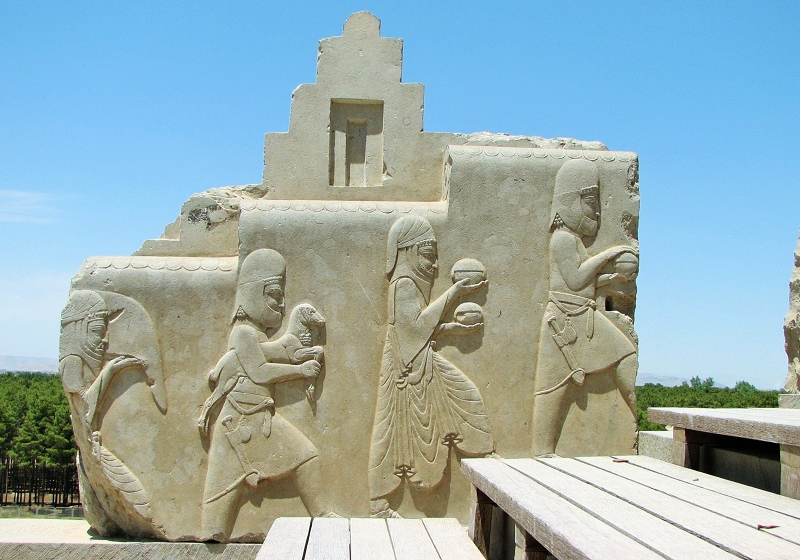

Choose blindless
Red blindless Green blindless Blue blindless Red hard to see Green hard to see Blue hard to see Monochrome Special MonochromeFont size change:
Change word spacing:
Change line height:
Change mouse type:
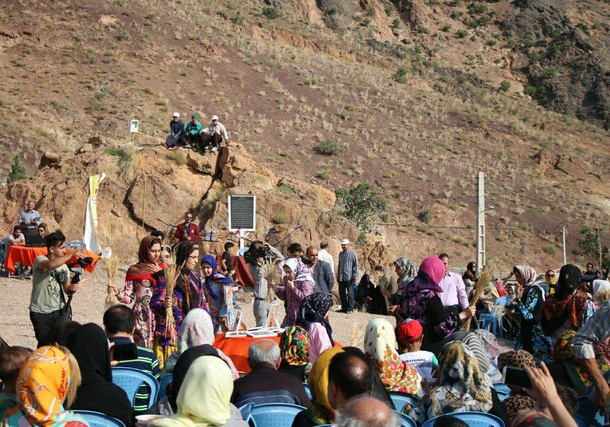

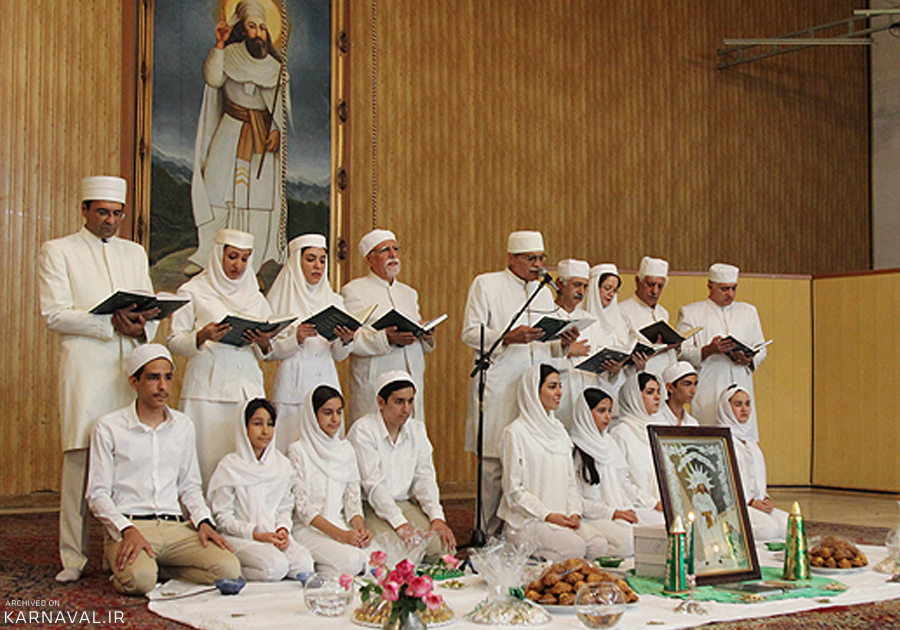


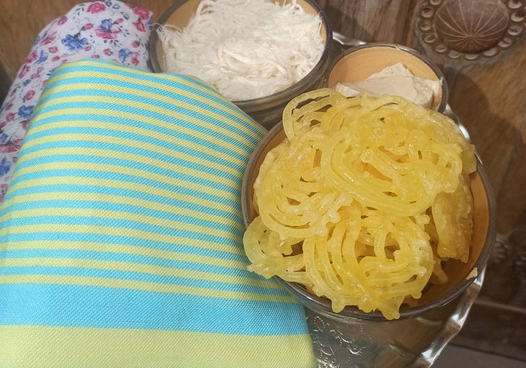
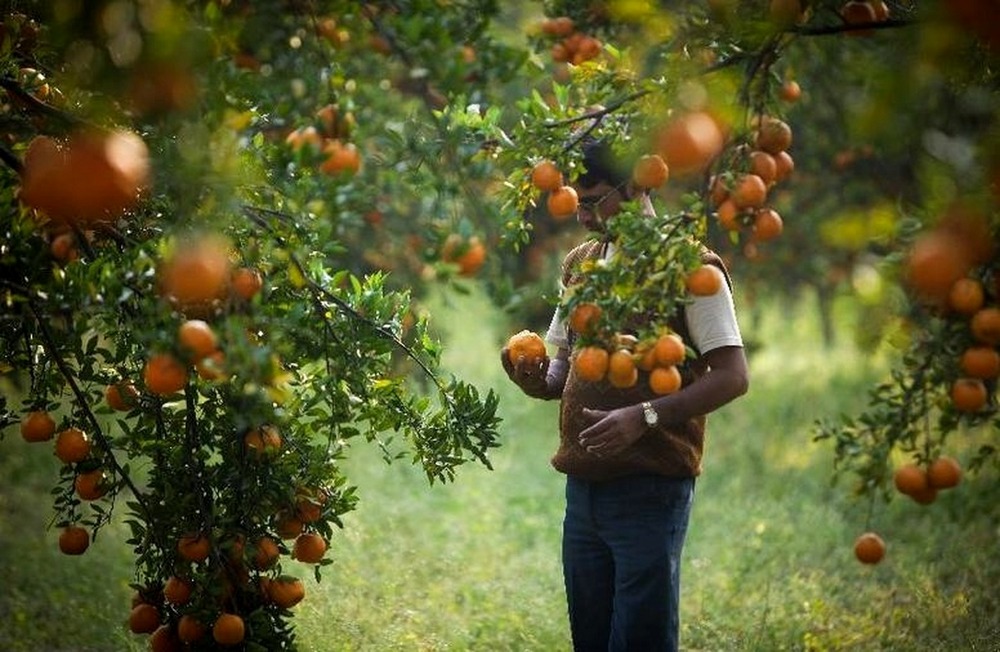
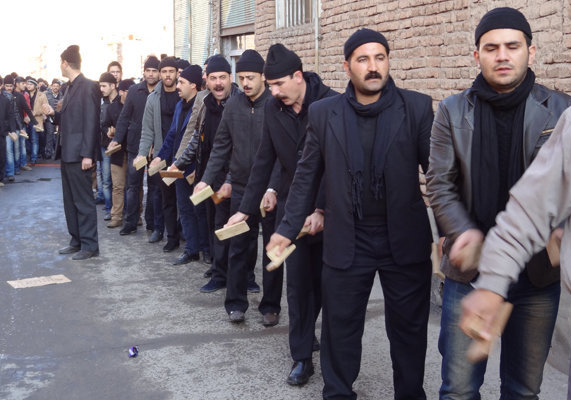
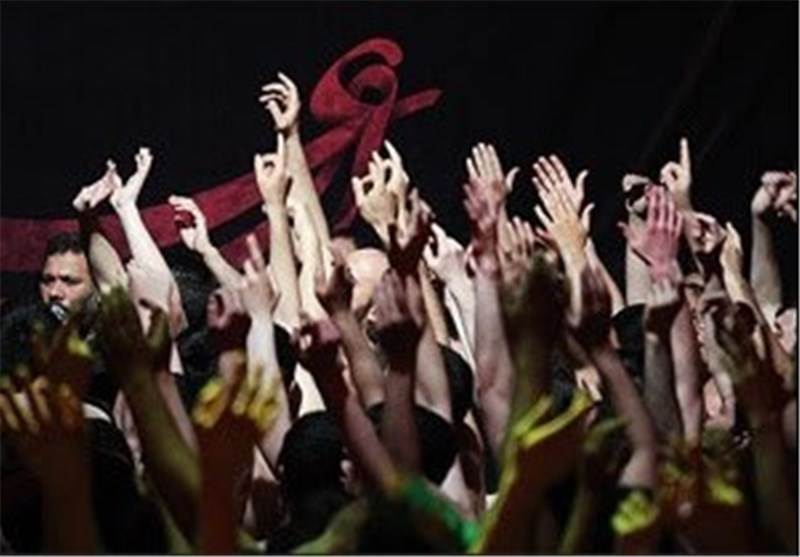
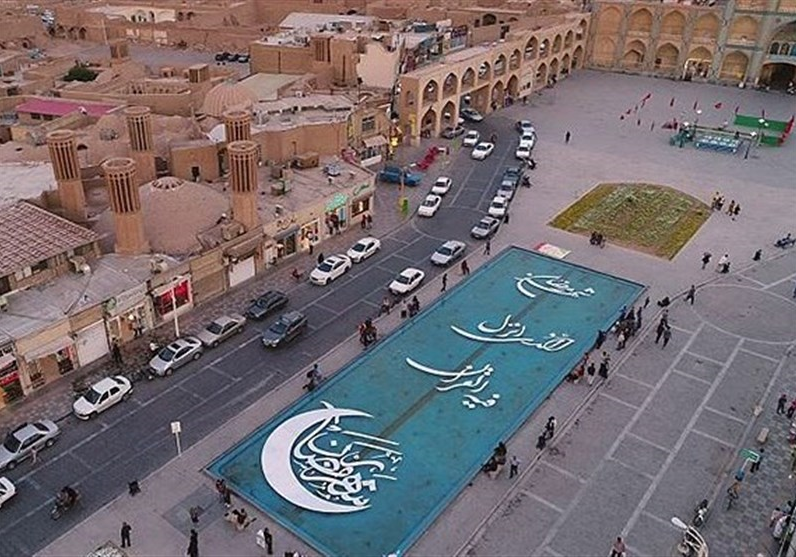


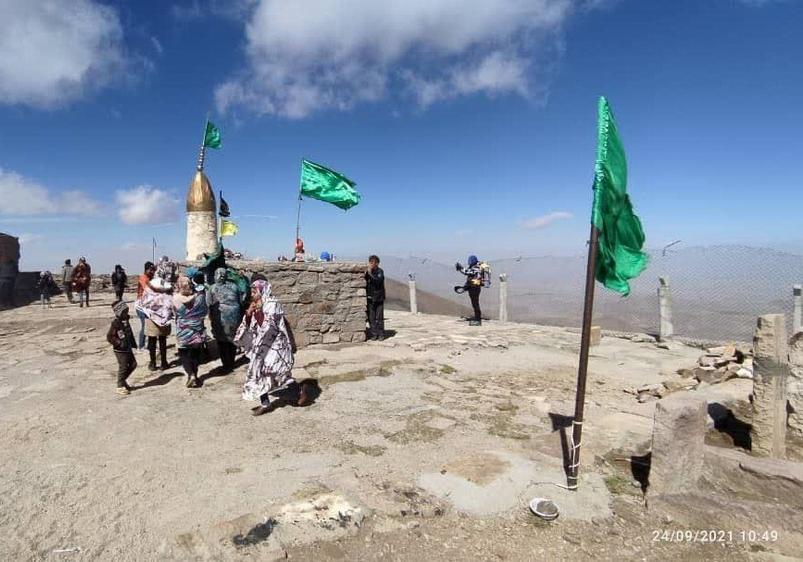

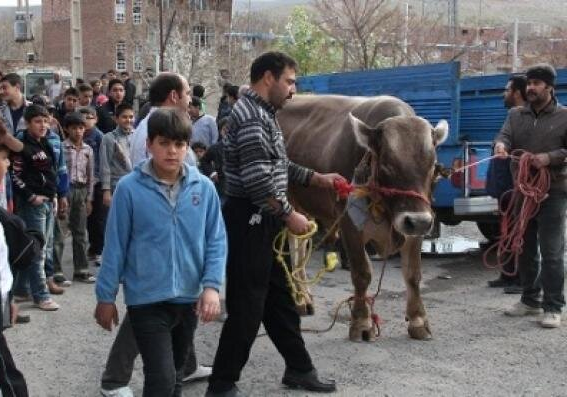
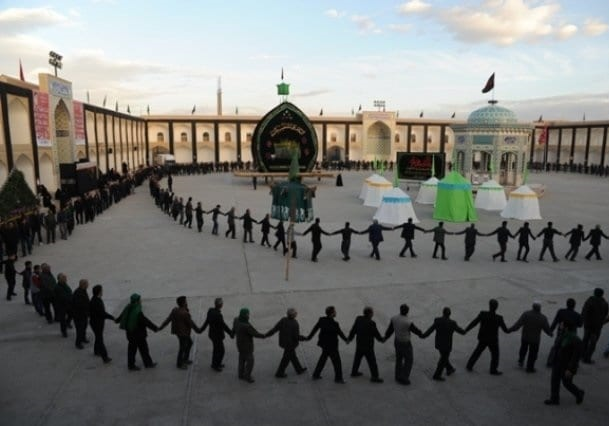
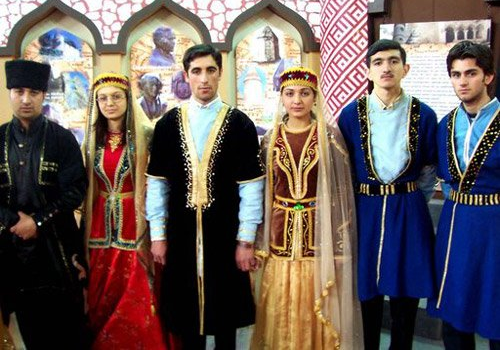
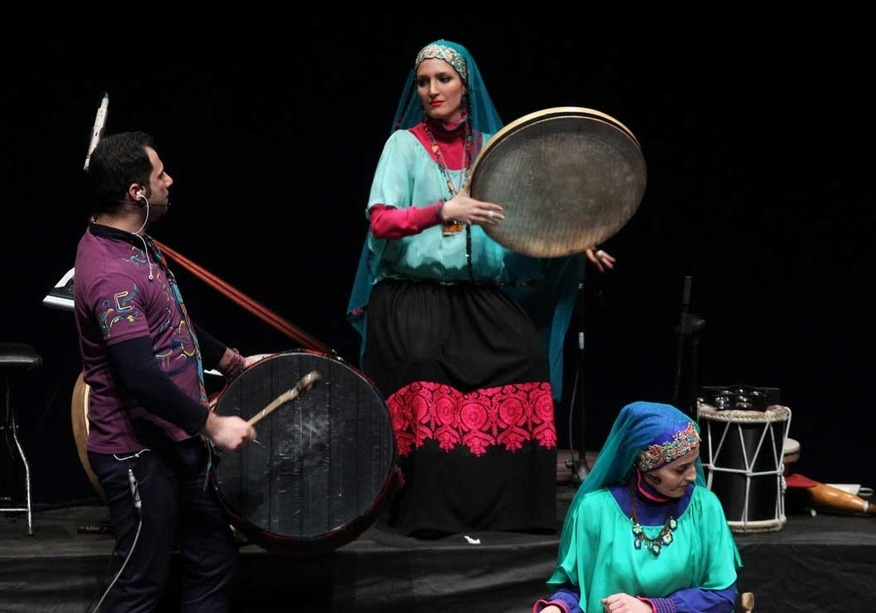
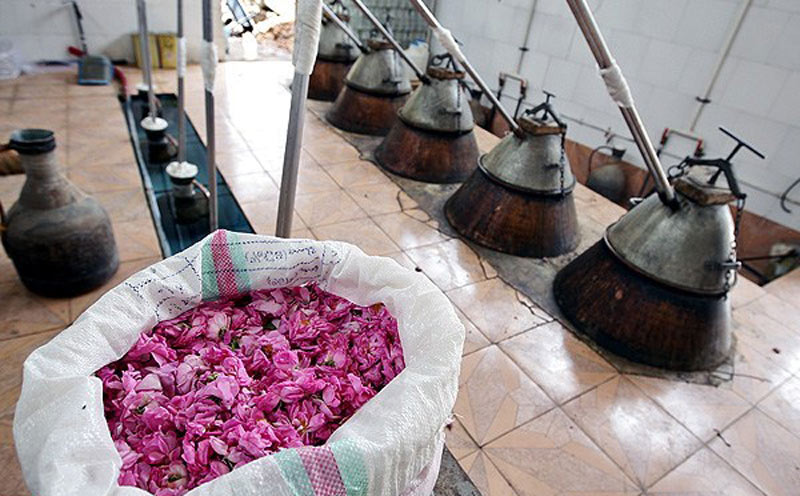
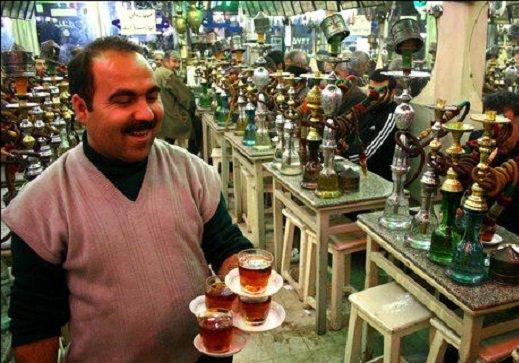
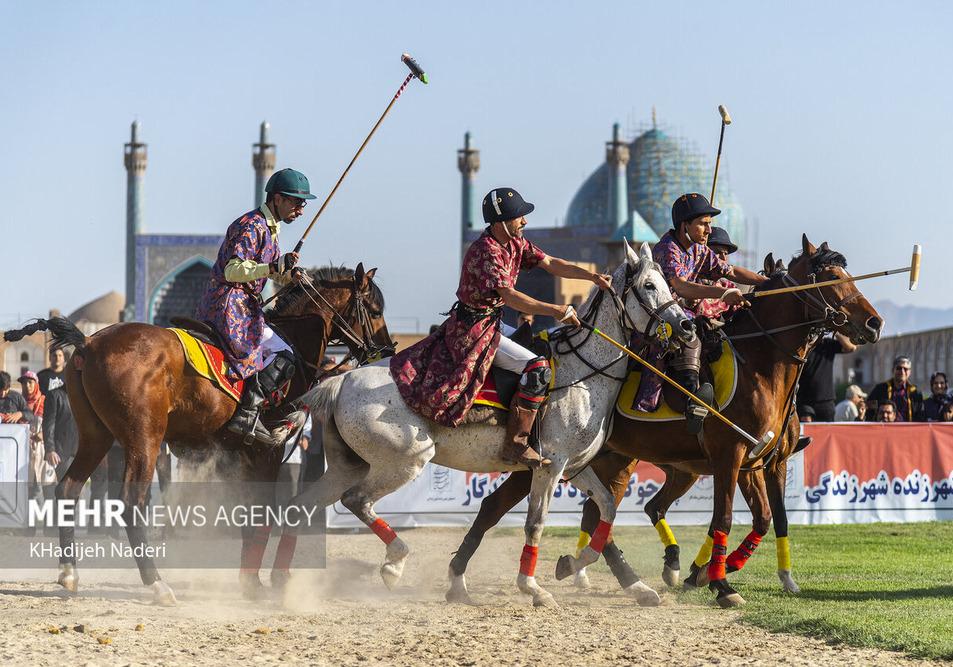
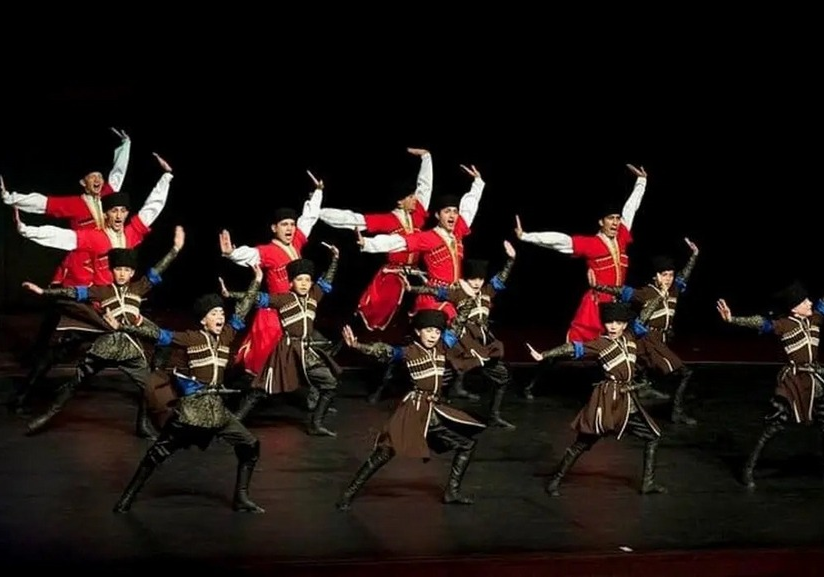
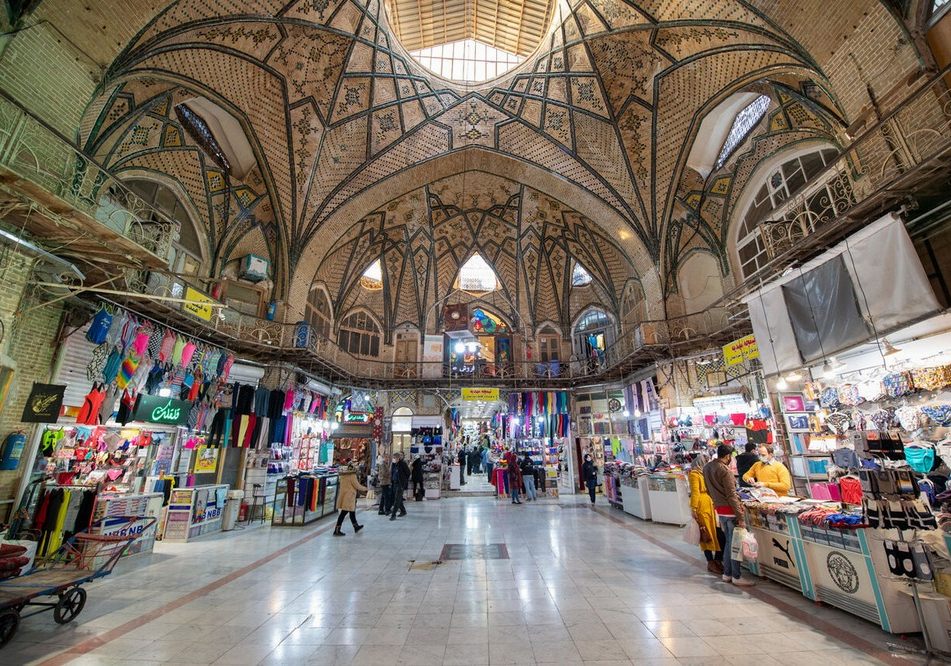
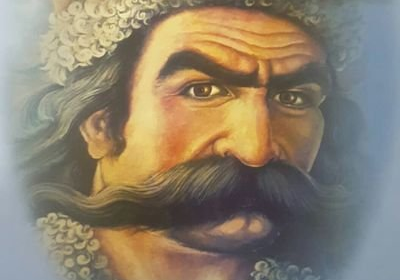

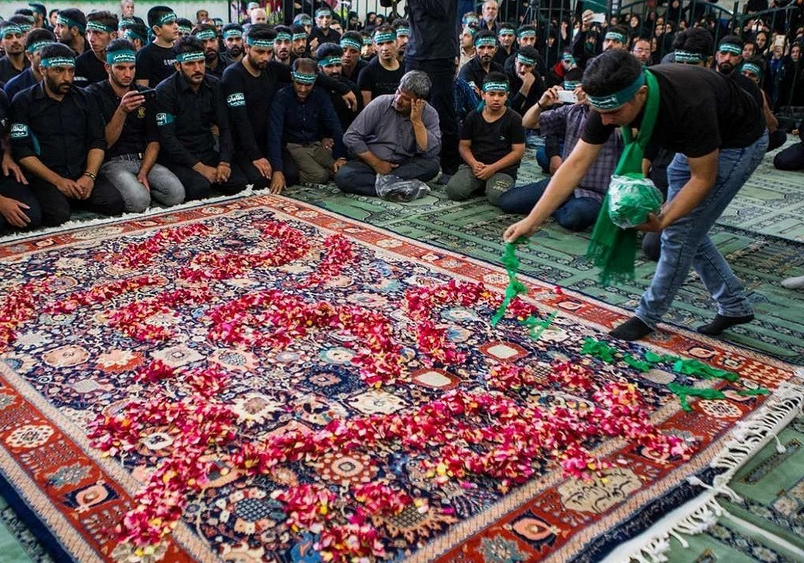
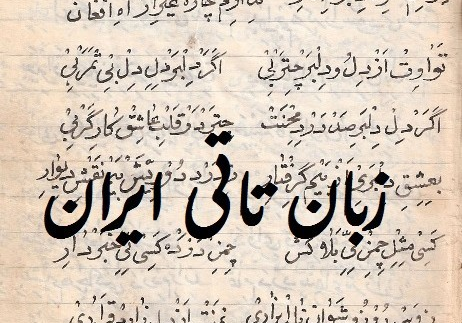
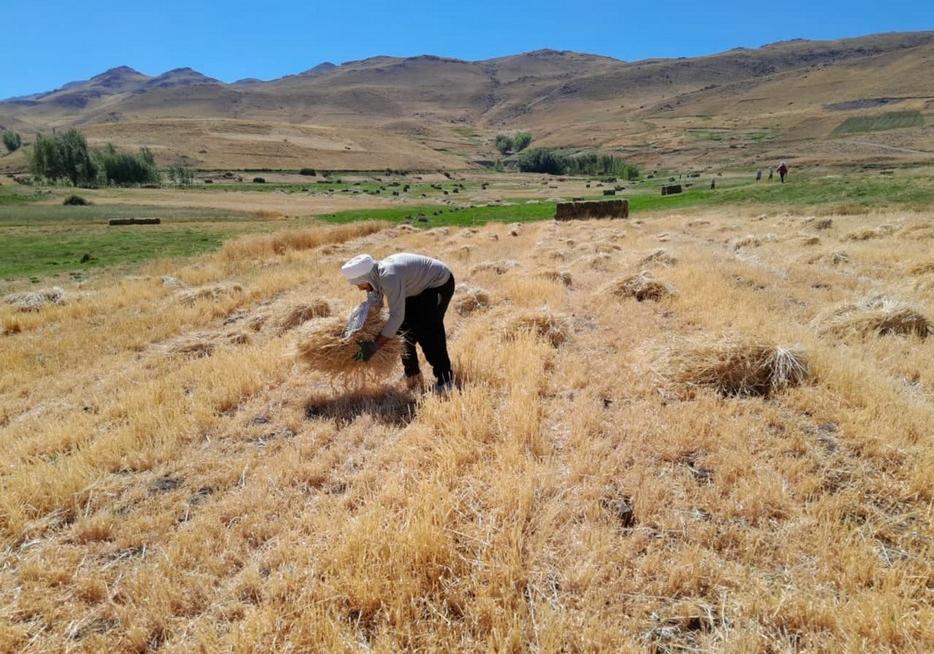
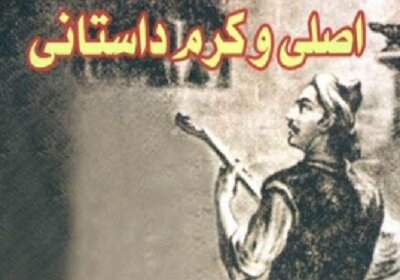
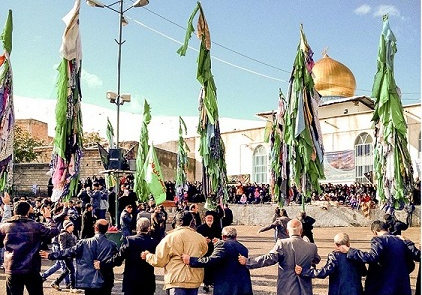
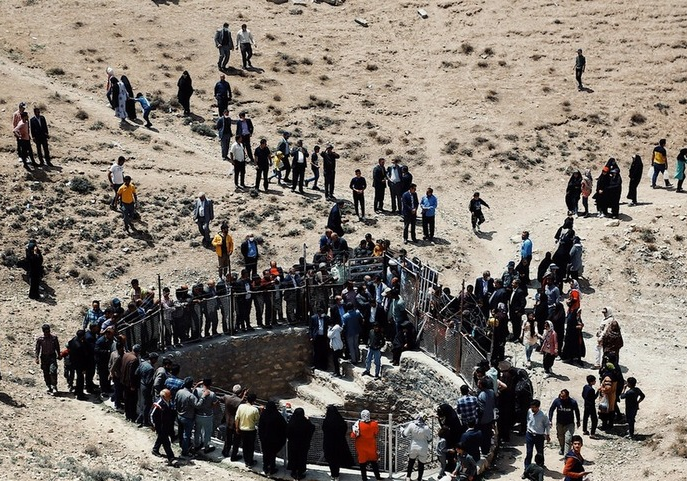

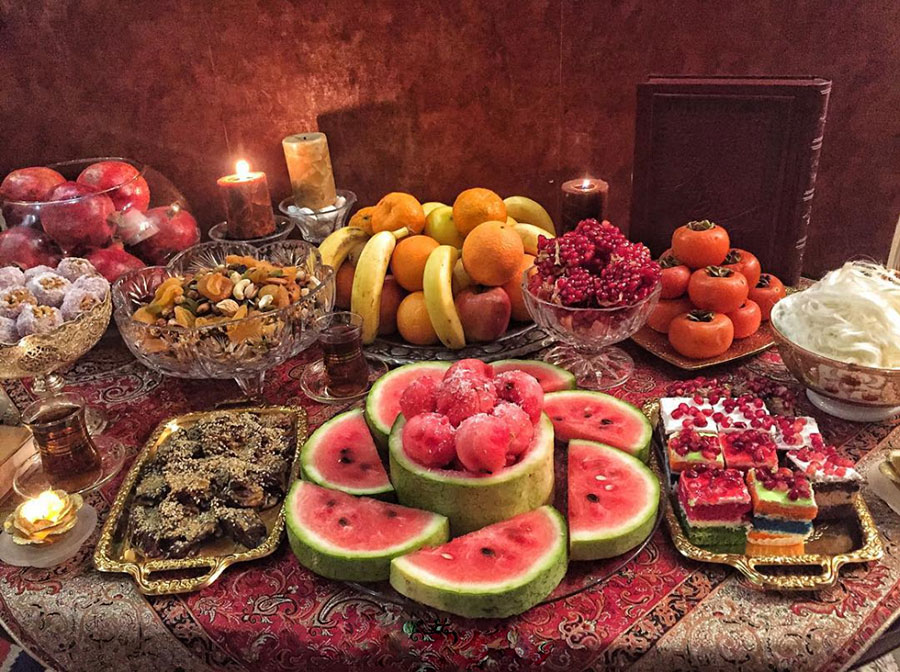
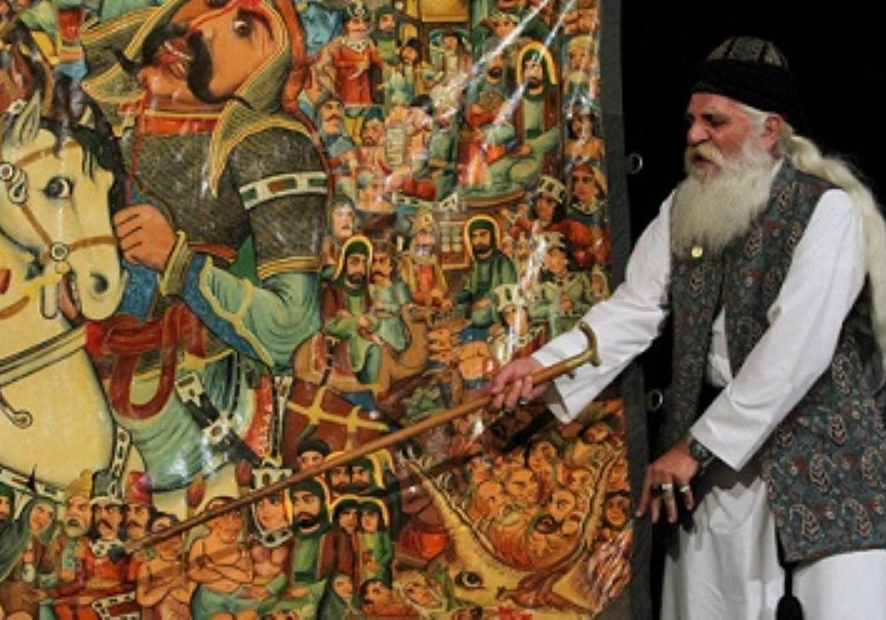
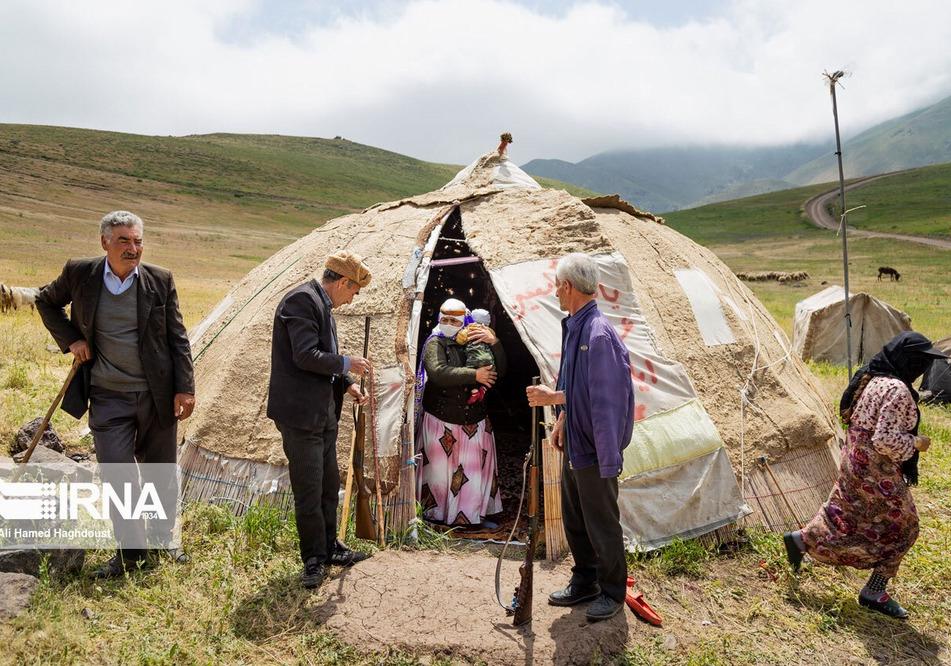


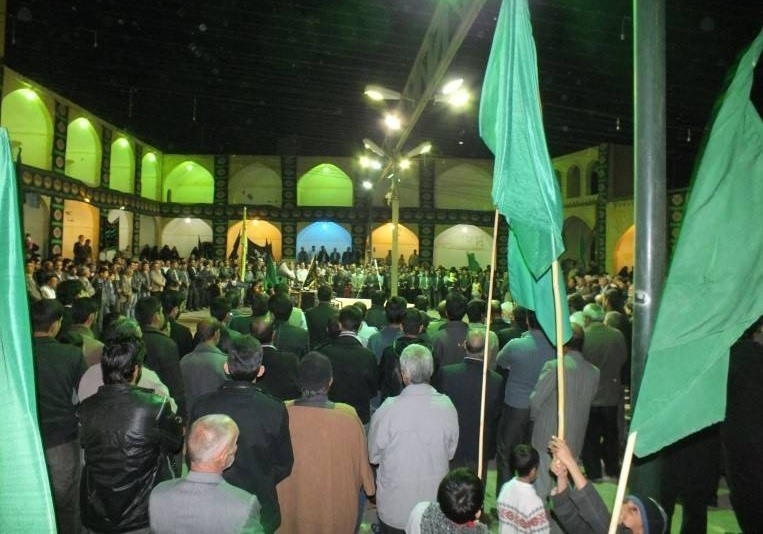
.jpeg)
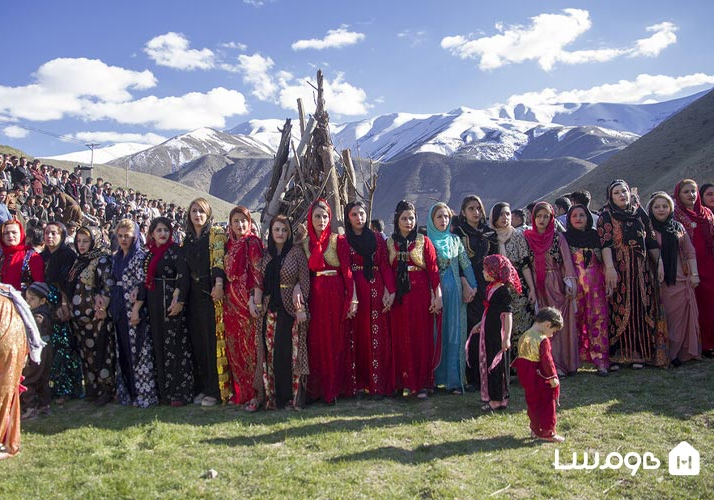
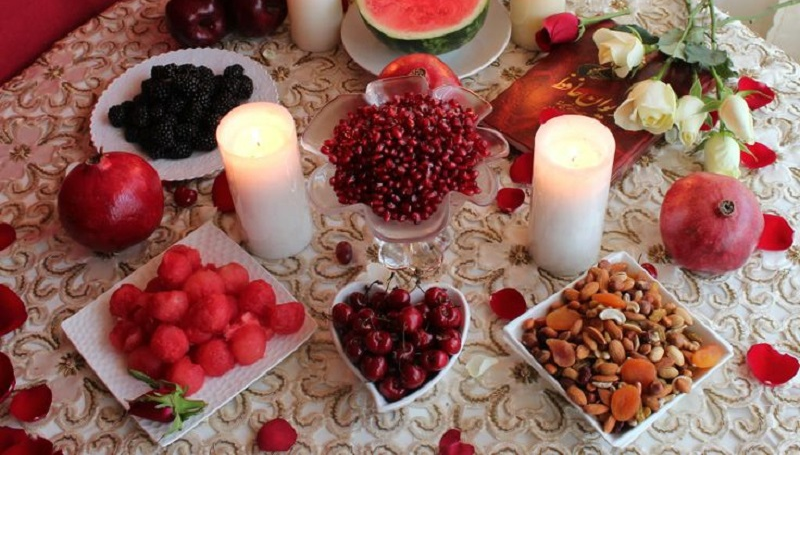
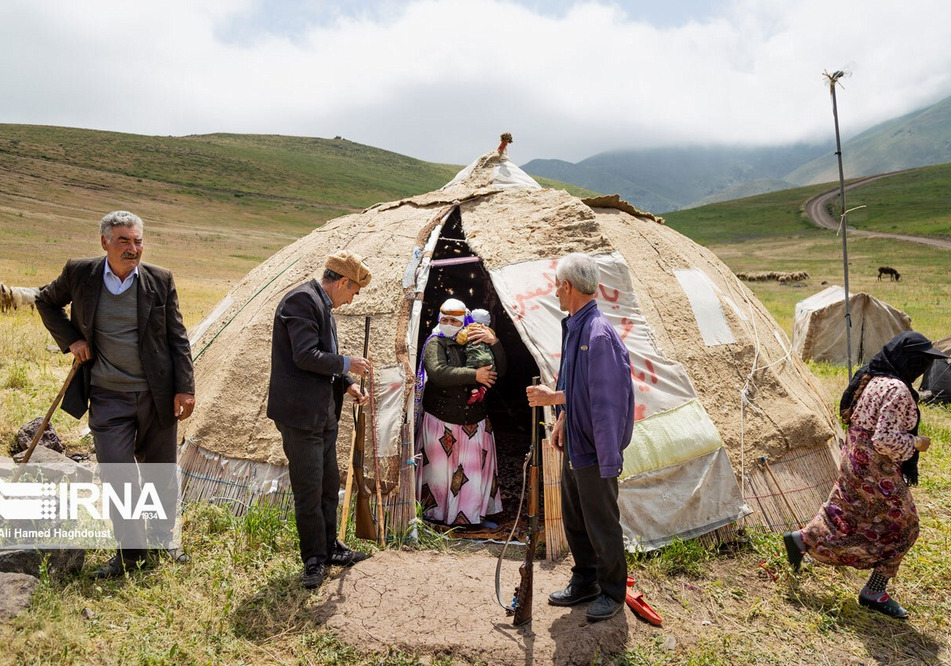
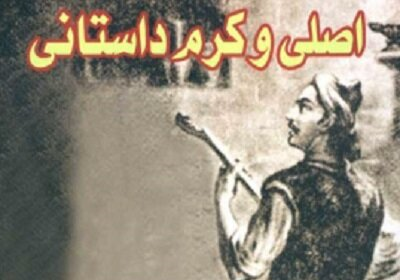
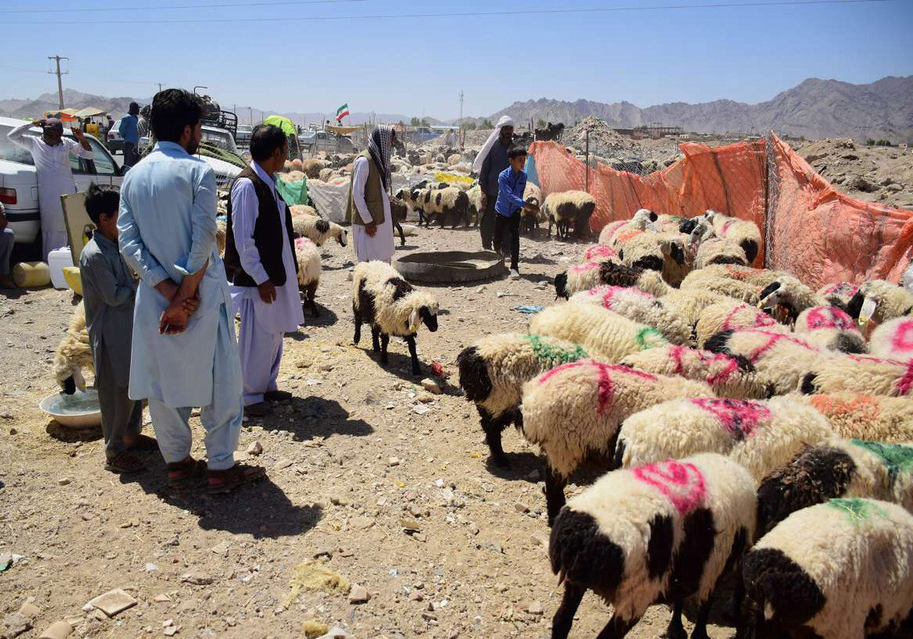


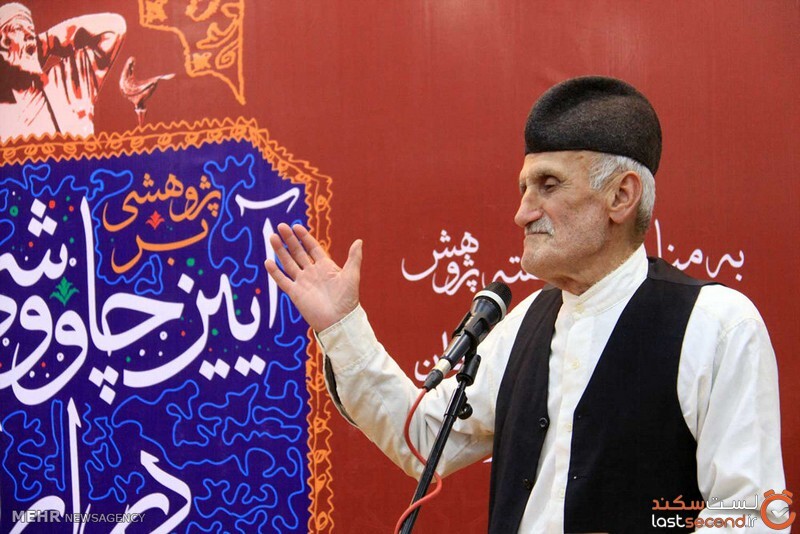
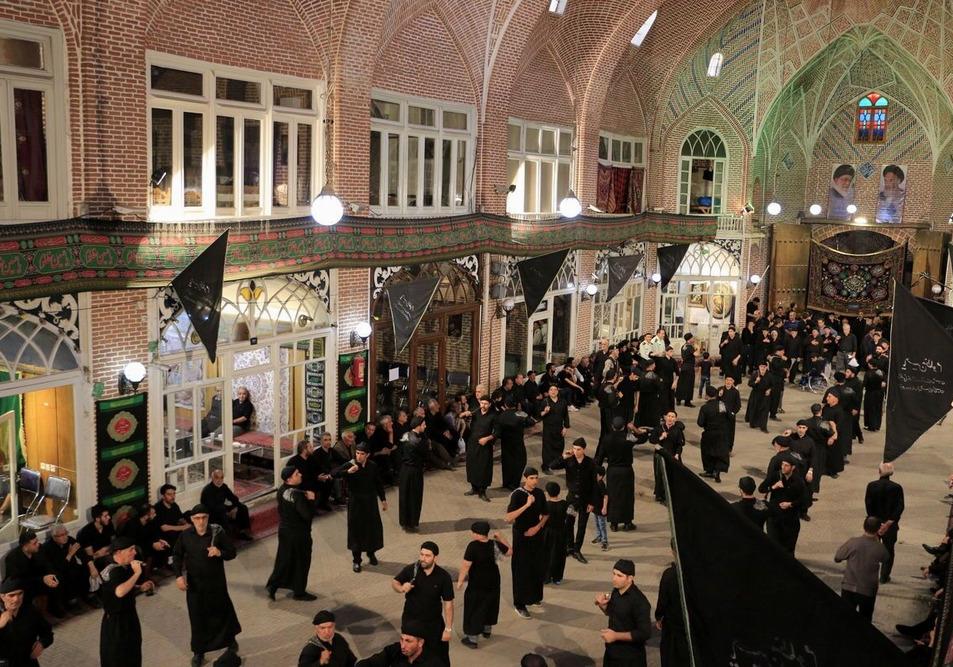
-5-th4_3.jpg)
